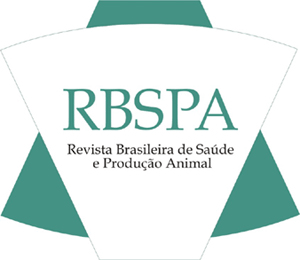The determination of the amount of sample units that will compose the sample express the optimization of the workforce, and reduce errors inherent in the report of recommendation and evaluation of nutritional status. The leaf collection for diagnosis of nutritional status is an important step, and the sample size necessary to adequately represent the population to be assessed. Thus, the objective was evaluation to the number simple design of leaf samples for the diagnosis of nutritional status of elephant grass irrigated for cutting and SPAD (Soil Plant Analysis Development) index. The study was conducted in elephant grass, with a low fixed sprinkler irrigation, in an area located in Sobral-CE in alluvial soil. It was collected 40 samples simple, randomly, choosing newly expanded leaves. The variables measured were foliar concentrations of macro (N, P, K, Ca, Mg and S) and micronutrients (B, Cu, Fe, Mn and Zn) and the indirect index of chlorophyll, using a chlorophyll meter. Considering an acceptable error of 10%, the collection of single samples of 16 and 80 plants, respectively, for macronutrients and micronutrients in elephant grass would be appropriate. For the indirect measurement of chlorophyll (SPAD index) 8 plants would be required to obtain a 10% error.
Pennisetum purpureum; leaf sampling; plant nutrition

 Leaf size sample to nutritional state and SPAD index evaluation in elephant grass irrigated under cuts management
Leaf size sample to nutritional state and SPAD index evaluation in elephant grass irrigated under cuts management